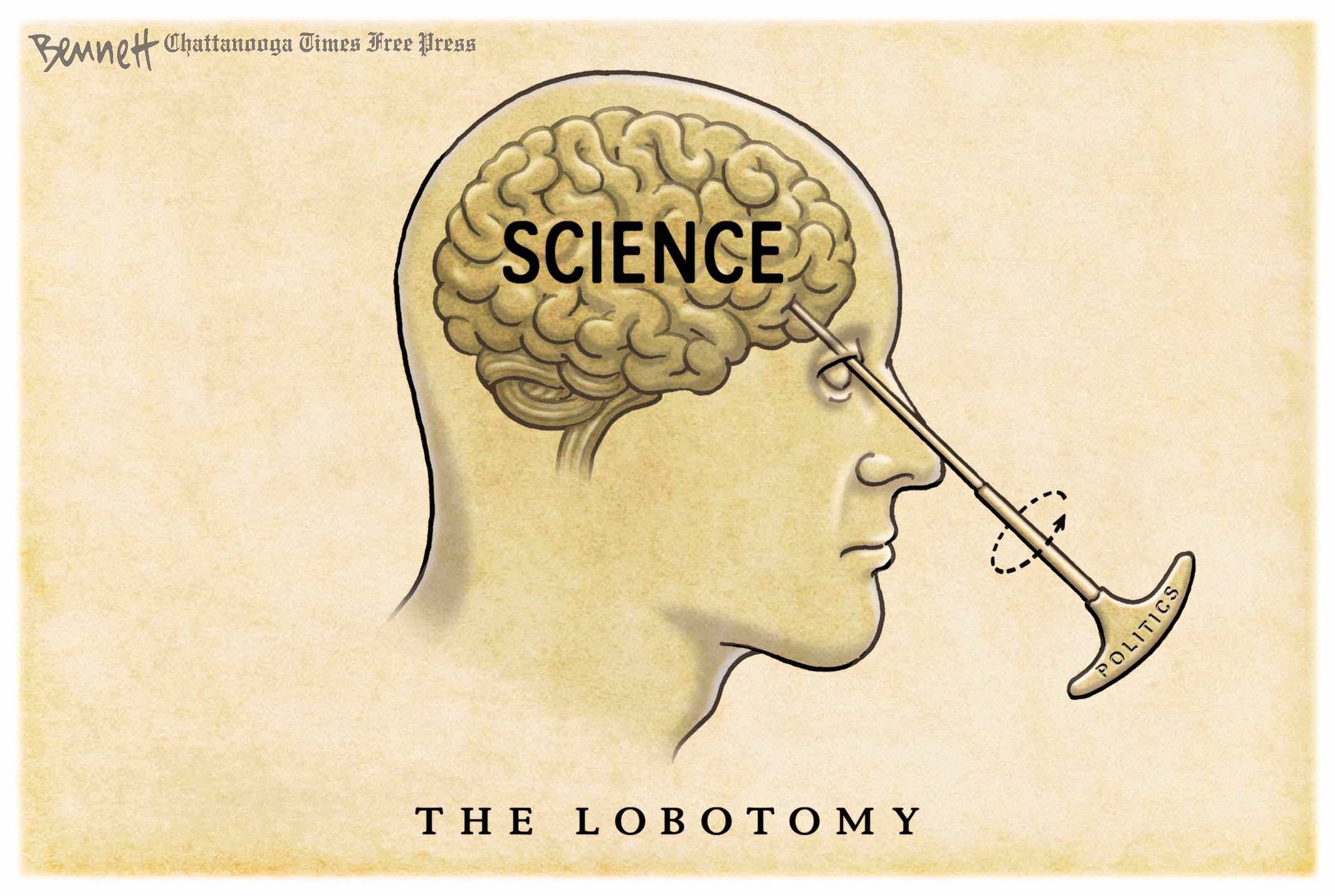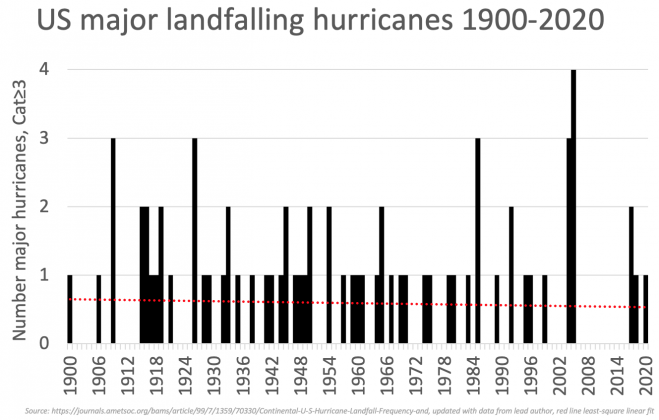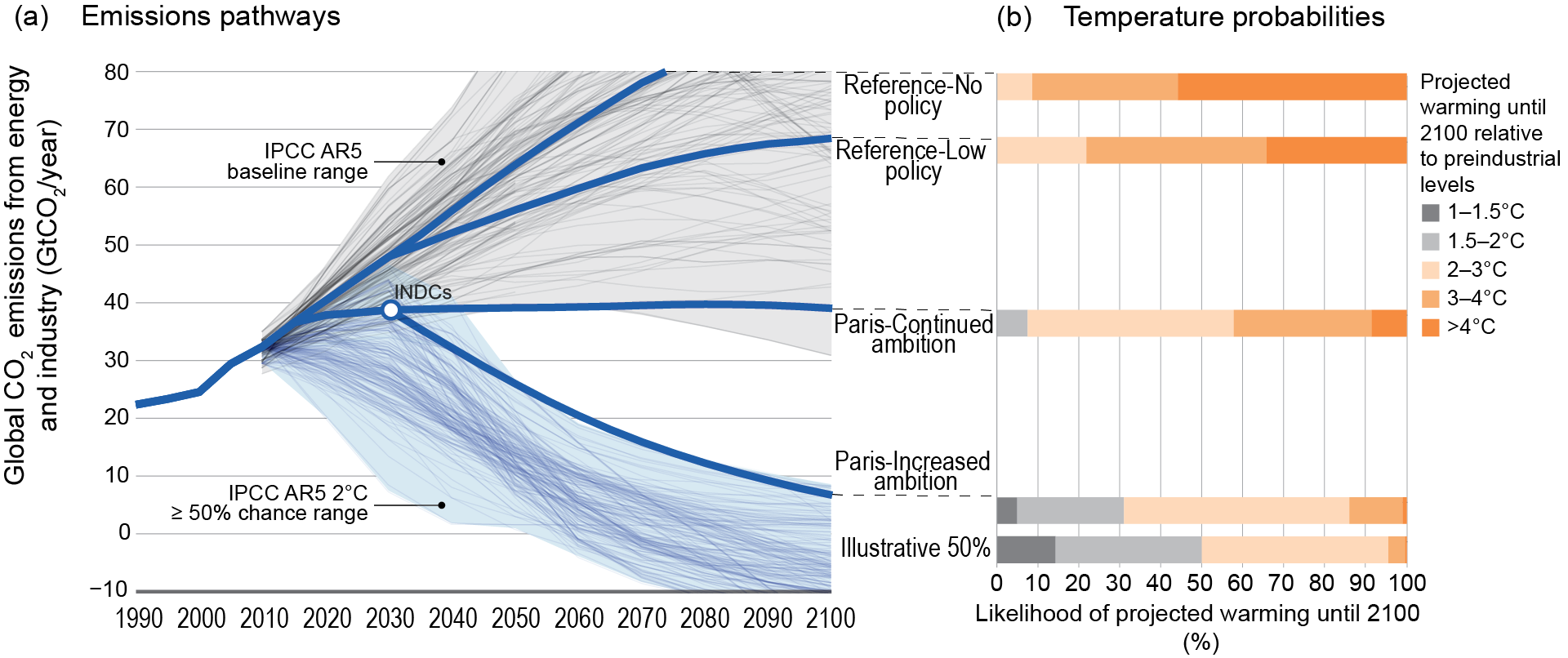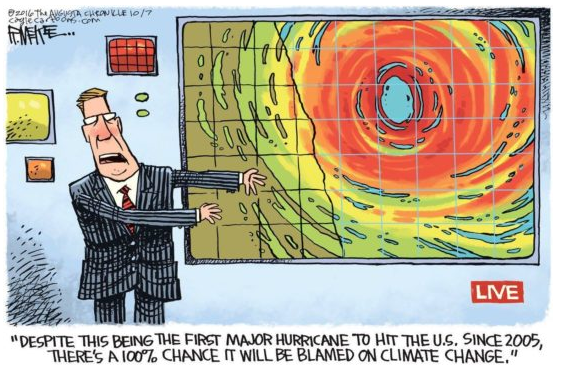 The media is replete with announcements of a “breakthrough” agreement at COP28 to make “operational” a fund through which “developed” countries compensate “developing” countries for “loss and damage” from “climate change.” The six terms in quotations highlight the ambiguity depending on how those words are defined. Let’s start with “breakthrough “, “operational” and “developed” vs. “developing” countries.
The media is replete with announcements of a “breakthrough” agreement at COP28 to make “operational” a fund through which “developed” countries compensate “developing” countries for “loss and damage” from “climate change.” The six terms in quotations highlight the ambiguity depending on how those words are defined. Let’s start with “breakthrough “, “operational” and “developed” vs. “developing” countries.
From Nature: First cash pledged for countries devastated by climate change: COP28 starts with historic decision. Excerpts in italics with my bolds.
Draft resolution on a ‘loss and damage fund’ has attracted more than
$400 million, but climate-vulnerable countries say more cash is needed.
Researchers and campaigners welcomed the move, while recognizing that much more is needed and that pledges are not the same as money in the bank. “It remains to be seen how much money rich countries, developed countries and the polluting countries will be willing to put into that fund,” says Romain Weikmans, a climate-finance researcher at Université Libre de Bruxelles in Brussels.
Countries calling for the fund, especially those highly vulnerable to climate change, are expecting it to eventually reach at least $100 billion per year. Tom Mitchell, executive director of the International Institute for Environment and Development, an environmental-research think tank in London, says the total amounts so far “are really, really very modest”. Some of the least developed countries see the US commitment as “a slap in the face”, he adds.
Further details, such as how much of the money will be given out as grants versus loans and who will be eligible to receive funding have not been announced. [China, India?]
There’s still a lot that needs clarifying about this fund. Some of the big outstanding questions include the fund’s size, its relationship to other funds, how it will be administered over the long term, and what its funding priorities will be.
In response to the announcement, leading African think-tank representative Mohamad Adhow noted there were “no hard deadlines, no targets, and countries are not obligated to pay into it, despite the whole point being for rich, high-polluting nations to support vulnerable communities who have suffered from climate impacts”.

Many Issues with Climate “Loss and Damage”
Roger Pielke Jr. explains the other problems with this initiative in a recent talk at the Canadian Global Affairs Institute Climate Change, Disasters, and the Rightful Place of Science Excerpts in italics with my bolds.
“One thing I’d like to make clear is that climate change is real. It’s serious, and it deserves urgent attention to both mitigation and adaptation,” Pielke said. “But I’ve come to see, across my career, that the importance of climate change is held up by many people as a reason for why we can abandon scientific integrity. This talk is about climate and scientific integrity, how we maintain it, and how we use it in decision-making. Reasonable people can disagree about policies and different directions that we want to go, but none of us are going to benefit if we can’t take expertise and bring it to decision-making to ground policymaking in the best available knowledge. Overall, climate science and policy have a narrative problem.”
Hurricanes

In addressing the narrative problem, concerning the first area of public discourse- hurricanes, Pielke displayed a graph of official data from the National Oceanic and Atmospheric Administration. It displayed landfalling hurricanes in the U.S. and showed a long-term trend of no increase in hurricanes overall – despite environmental websites claiming the opposite. Pielke noted the reason for misreporting is the fact that there were no major hurricanes to hit the United States between 2005 to 2017, a pause reflected in the data chart which had a gap there from 2005 to 2017. So if you recently became climate aware in the last 20 years, which many in the media have, you would think that hurricanes were increasing.
“That’s why we do science – because our lived experience is not a good substitute for looking at data and evidence,” Pielke said. “So if you’re paying attention to the news, just this week, it was all over the news that the proportion of hurricanes that have become major hurricanes has increased. Well, not according to the science. So, one of the challenges that I try to emphasize is that there is good information out there.
If the media ignores it and in the political debates it’s ignored,
then it’s all of our responsibility to ferret out what’s real.”
Disasters
In addressing his second subject, disasters, Pielke differentiated disasters from extreme weather defining a disaster as an extreme weather event that intersects with an exposed and vulnerable society.
He quoted from an October 21, 2023 Financial Times article that at a private event last month, one executive at Lloyd’s of London that oversees the market told underwriters that they had not yet seen clear evidence that a warming climate is a major driver in loss claims. Pielke attended the event in person and perceived a concern in the room that anyone making that statement publicly would be called a climate denier, leading to a suppression or minimization of the statement.
Pielke also addressed UN Secretary-General António Guterres’ claim that the number of weather, climate and water-related disasters has increased by a factor of five over the past 50 years. He noted that Guterres used data from the Centre for Research on the Epidemiology of Disasters (CRED) to make this claim. Pielke referred to notes in CRED reports that have advised for decades “Don’t look at our data and use it to say anything about the weather” and advises their data shows the evolution of registration of natural disaster events over time, which has increased with better means of communication.
As well, since there is more international aid for disaster affected
communities, more communities are reporting.

The number of global weather and climate disasters has declined this century.
On the subject of U.S. disasters, in his sixteen years of affiliation with the National Oceanic and Atmospheric Administration, Pielke observed a reporting phenomenon – an addiction to reporting billion-dollar weather disasters. The reports are used by advocacy groups, and then the media, who publicize that climate change is causing more billion-dollar weather disasters, something Pielke says isn’t supported by science. He points out that as the United States has gotten wealthier, the actual proportion of that wealth that is damaged in disasters has gone down dramatically.

Misinterpreting Climate Scenarios
Pielke then addressed his third subject, climate scenarios and the effect of misinterpretation.
He referred to the Special Report on Emissions Scenarios (SRES) – a report by the IPCC that was published in 2000. The 1,184 greenhouse gas emissions scenarios described in the Report have been used to make projections of possible future climate change. Pielke noted that the area of discussion of climate scenarios “is so full of jargon and technical details, that it is almost impenetrable”. Since 1,184 scenarios weren’t easy to study, the community decided to simply to study the four you see represented by the four bold blue lines on the first graph below- namely RCP8.5, RCP 6.0, RCP4.5 and RCP2.6.


(RCP 4.5 is described by the IPCC as a moderate scenario in which emissions peak around 2040 and then decline. RCP 8.5 is the highest baseline emissions scenario in which emissions continue to rise throughout the twenty-first century. Climate change projected under RCP 8.5 will typically be more severe. RCP 2.6 at the bottom is what today we would call the Paris Accord target)
Pielke pointed out that the assumption underlying all the SRES scenarios is that the world is going to turn to coal as the dominant energy source in the 21st century. For this to happen, Pielke calculates that over 3000 new coal plants would have to be built by the year 2100, which he says won’t happen and the IEA expectation is in agreement. However, the Canadian government, the U.S. government, and the Indian government, all rely on the RCP 8.5 scenario and it is pervasive in global climate policy as the IPCC remains focused on it. Pielke points out that all the SRES scenarios have assumptions about GDP, the carbon intensity of energy, and more that are already out of date. Pielke also pointed out that the scientific community has increasingly relied on RCP 8.5 – the most extreme scenario and in 2023, the RCP 8.5 remains the most used scenario in research with many studies published each day using it.
“So why is that?” Pielke said. “The reason is, if you do a study with RCP 8.5 with massive amounts of emissions to 2100, you’re going to get big effects. You can publish that in a prominent journal. Your university will put out a press release on it. You might even get into the New York Times because these very extreme scenarios are notable. Scientists agree there are legitimate reasons for using extreme scenarios in research. Usually, it’s what we call exploratory research, not projective research. Scientists tell me ‘Well if we want to separate the signal of forced climate change from the noise of internal climate variability, we need these strong scenarios’.”
Pielke referred to this attitude as “noble cause corruption”- the idea that
less rigorous science and even bad science is excusable if it advances a cause.
A revision of the scenario projections was initiated in June 2023 and the process of generating the next generation of scenarios has begun and Pielke reports they have removed the top RCP8.5 and RCP 6.0 scenarios. However, he says because we are currently using scenarios developed in the early 2000s, leading media and advocacy narratives which use them extensively are problematic “because a lot of bad science has gotten mixed in with the good science and it’s really hard to tell the difference.”
Background Loss and Damage Post
